Creating Living Spaces for the Elderly
As our loved ones grow older, they often encounter various challenges that can affect their mobility and independence within their homes or care facilities. Every movement, once effortless, now becomes an intricate waltz with obstacles.
Staircases now become a daunting mountain to climb. Walls, the colors once picked out after long debates, now serve as fading reminders of what once was. Furniture, once arranged with love and care, is now an obstacle course too hard to navigate.
The elderly deserve our unwavering support when it comes to ensuring their safety and helping them live with dignity and comfort. With patience, empathy, and adaptations tailored to their unique needs, we can pave the way for a more accessible and comfortable environment that allows them to navigate their surroundings with grace and independence. This has been our goal at Jah-Jireh and has been an integral part of providing loving care to our elderly ones.
We wanted to give you a glimpse of this in our care home. We also wanted to share what we have learned about aesthetics to keep in mind that will help elderly ones in your home.
Does It Make a Difference?
“While social and health services for seniors are critical, even the smallest residential design retrofits can have potentially life-saving impacts. From preventing falls through something as simple as choosing the right kind of carpet, to designing beautiful, welcoming shared spaces to help address social isolation, architects and interior designers have the chance to improve, and even extend, the lives of seniors.”
- Karen Kubey, editor of Aging in Place Guide released by New York City’s Department for the Aging.
These words underscore that addressing the needs of the elderly in home design is of utmost importance.
Aesthetics That Enhances the Well-being of The Elderly
By creating a visually appealing and thoughtfully designed environment, we can positively impact their physical comfort, mental and emotional well-being. As a step in that direction, let's explore how aesthetics can contribute to the well-being of the elderly:
Physical comfort
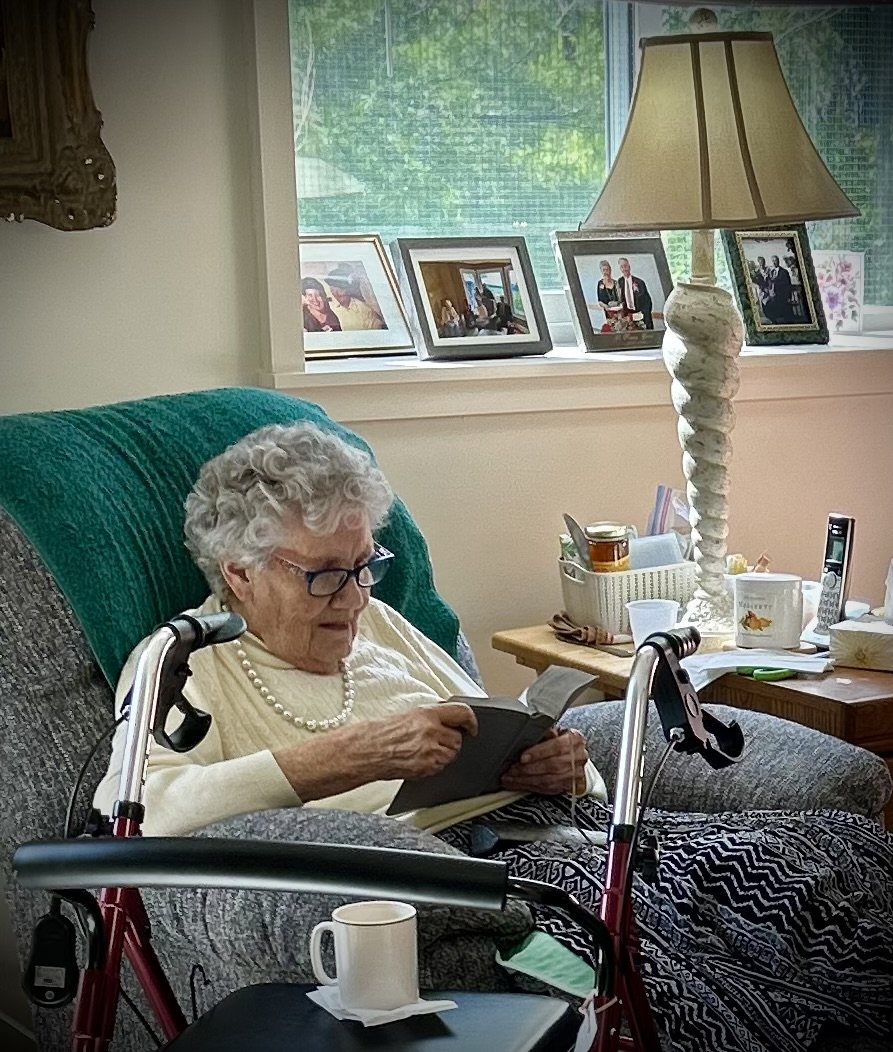
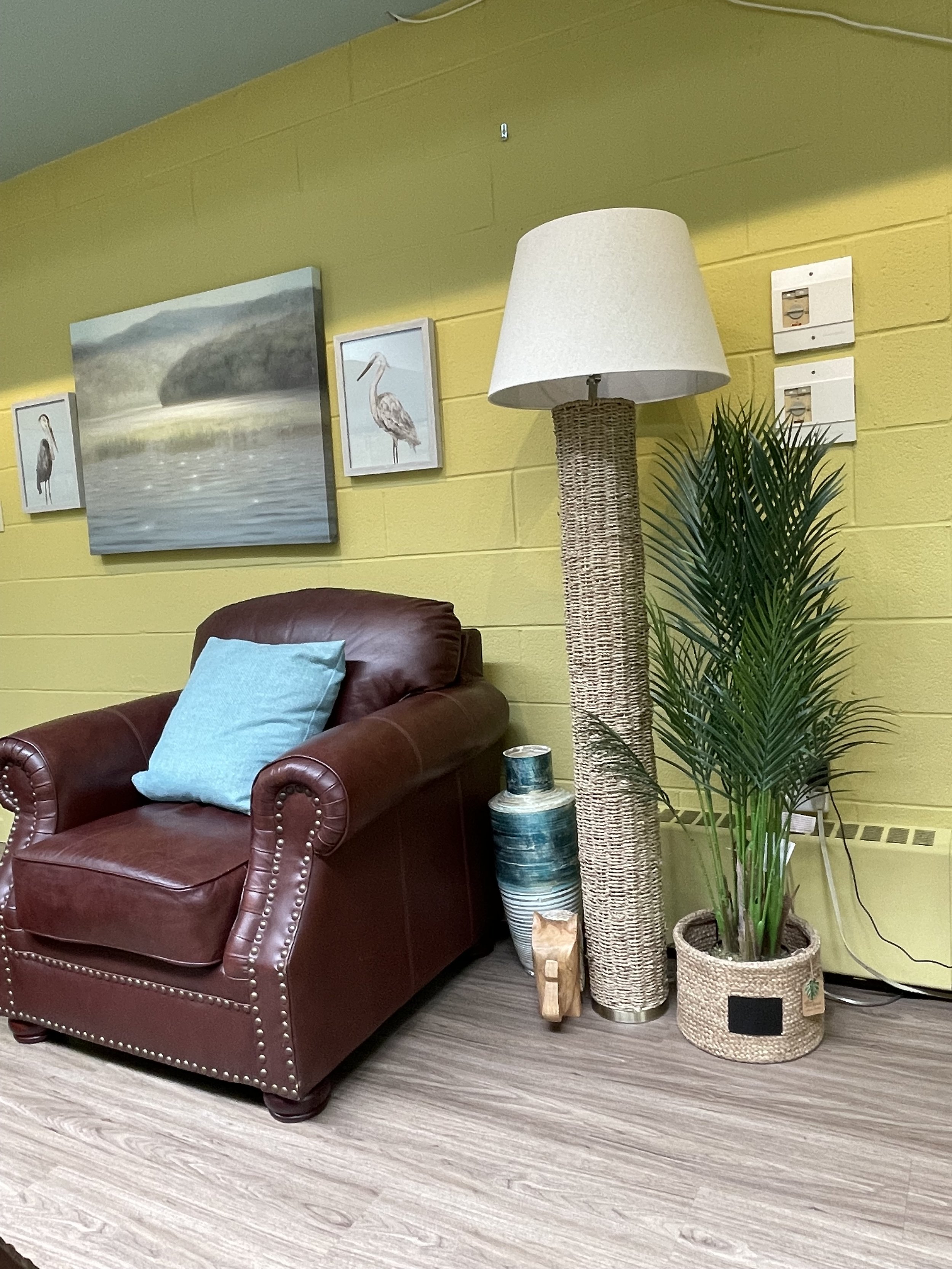


Comfortable and Ergonomic Furniture: Choose furniture that prioritizes comfort and ergonomics. Soft and supportive chairs with adjustable features provide a comfortable seating experience, promoting good posture and reducing physical strain. Upholstery with fabrics that are both visually pleasing and easy to clean adds to the overall aesthetic appeal.
Physical Aids: Aesthetically designed mobility aids, such as stylish walking canes or walkers, can boost their confidence and self-esteem.
Discreetly Incorporated Safety Measures: Safety features such as grab bars, non-slip flooring, and well-lit pathways should be designed to blend harmoniously with the aesthetics of the home, avoiding an institutional feel and creating a friendly and inviting atmosphere.
Grab bars, non-slip flooring, and well-lit pathways for our residents.
Mental well-being
By creating a visually pleasing and thoughtfully designed environment, we can positively impact the mental and emotional well-being of the elderly.
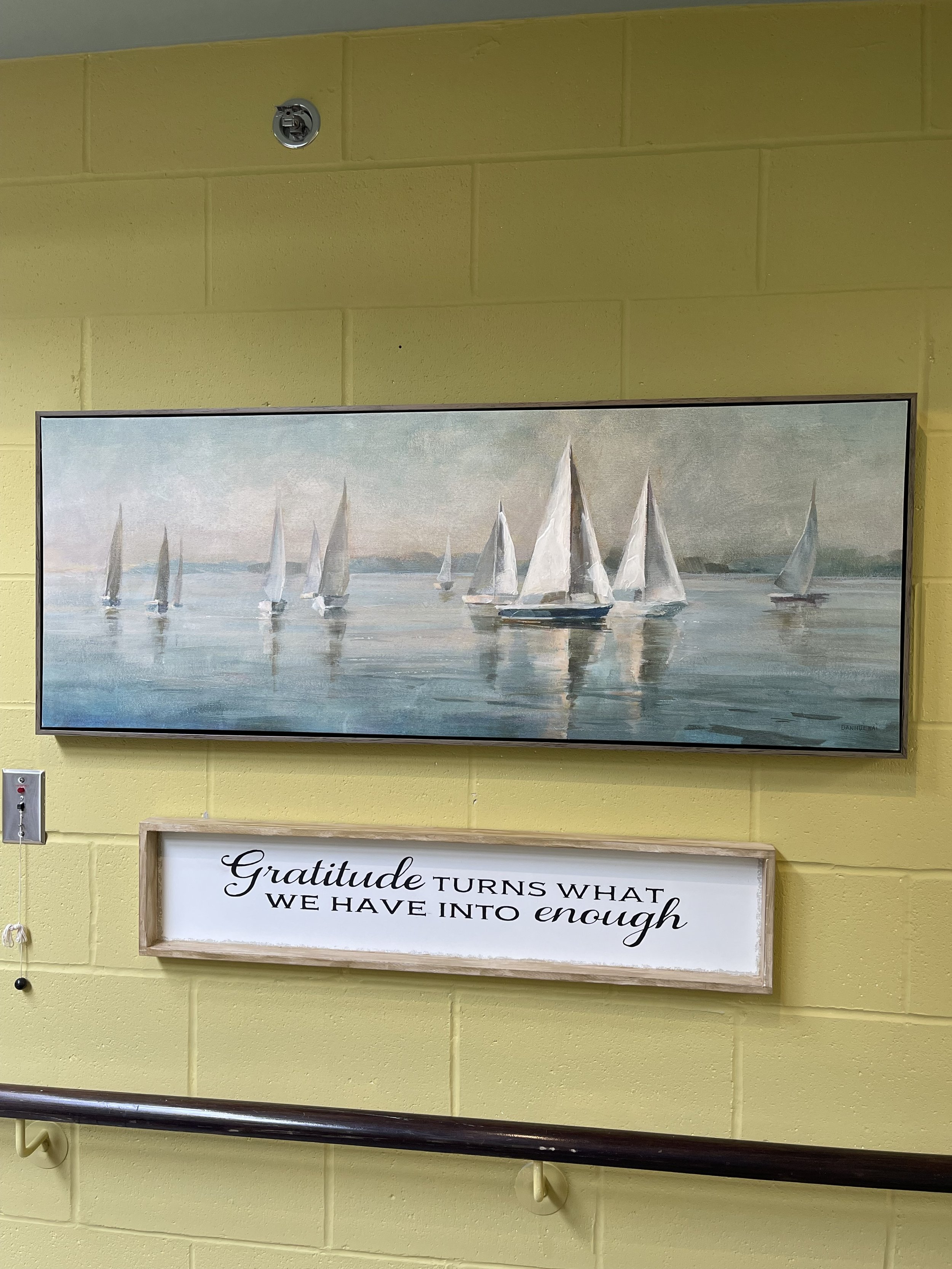
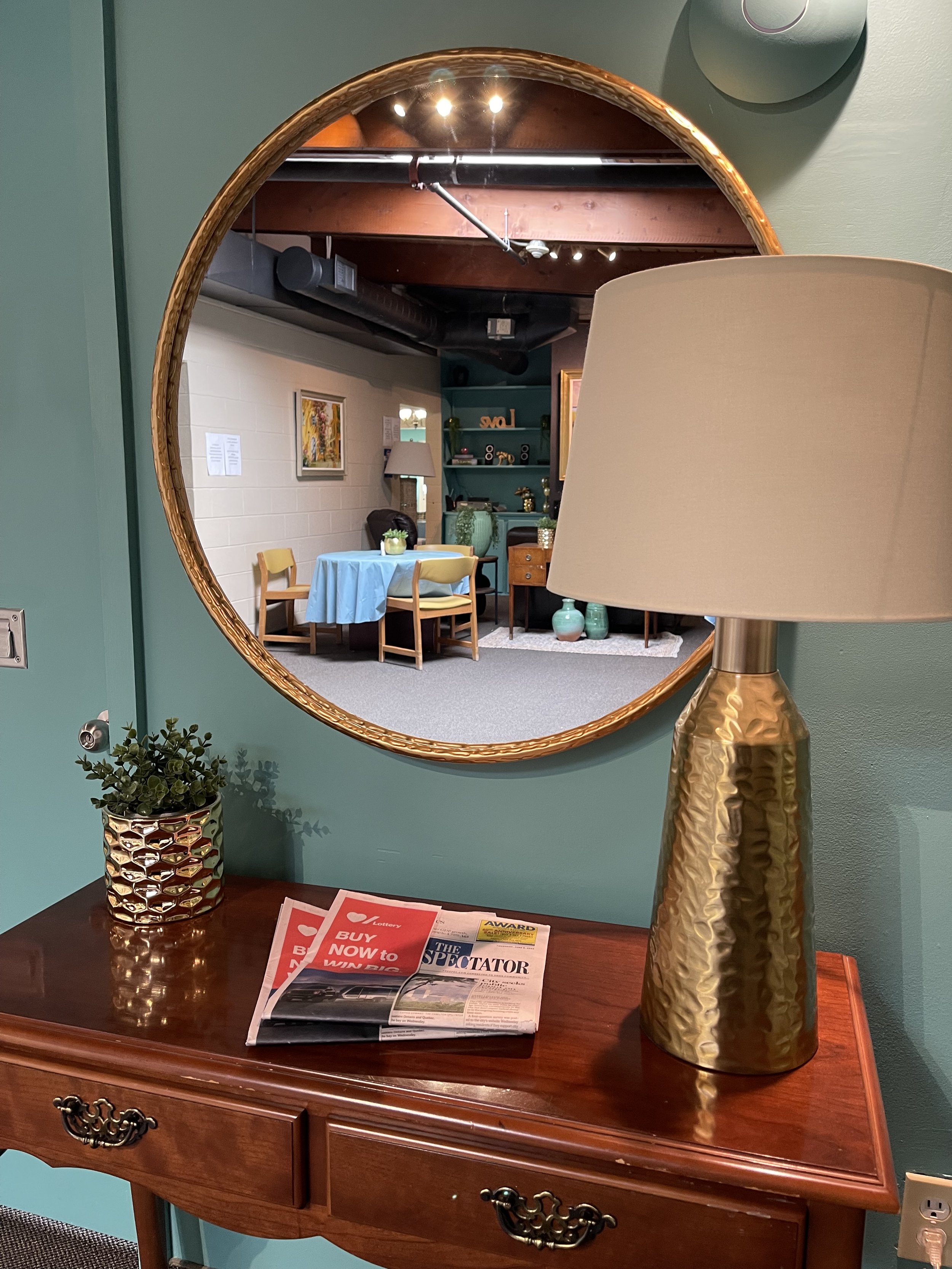
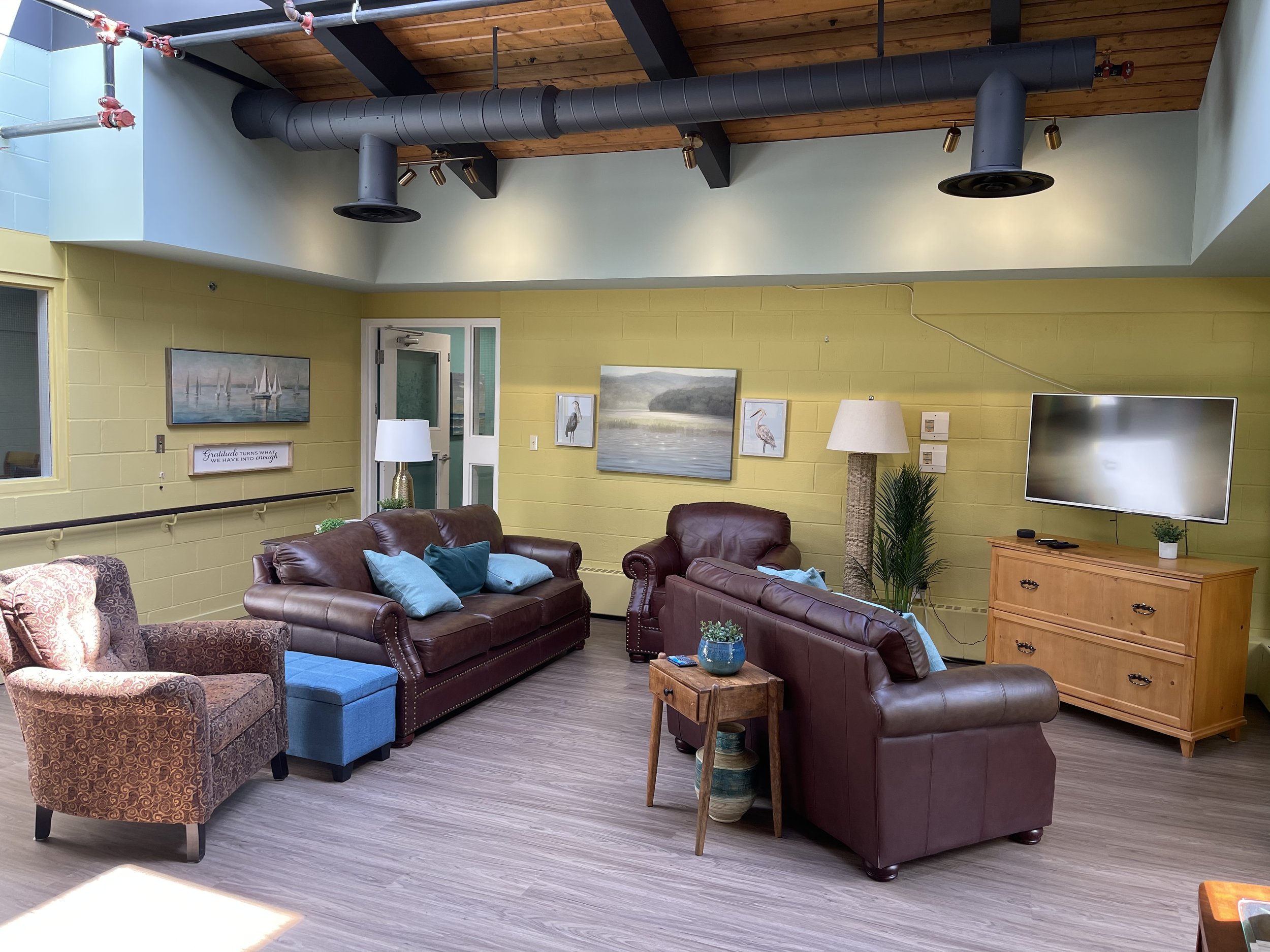
Serene and Calming Spaces: Soft color schemes, gentle lighting, and harmonious decor choices can help create a peaceful atmosphere. These elements promote relaxation, reduce anxiety, and provide a soothing environment.
Personalized Spaces: Personalized spaces help create a sense of ownership, identity, and individuality within the care home environment. Having items that hold sentimental value or remind them of loved ones can bring comfort and a sense of familiarity.



Emotional well-being
Ample Natural Light: Sunlight provides essential vitamin D, uplifts mood, and improves sleep patterns. Large windows, skylights, and strategically placed mirrors can help optimize natural light throughout the facility, creating a bright and inviting atmosphere.
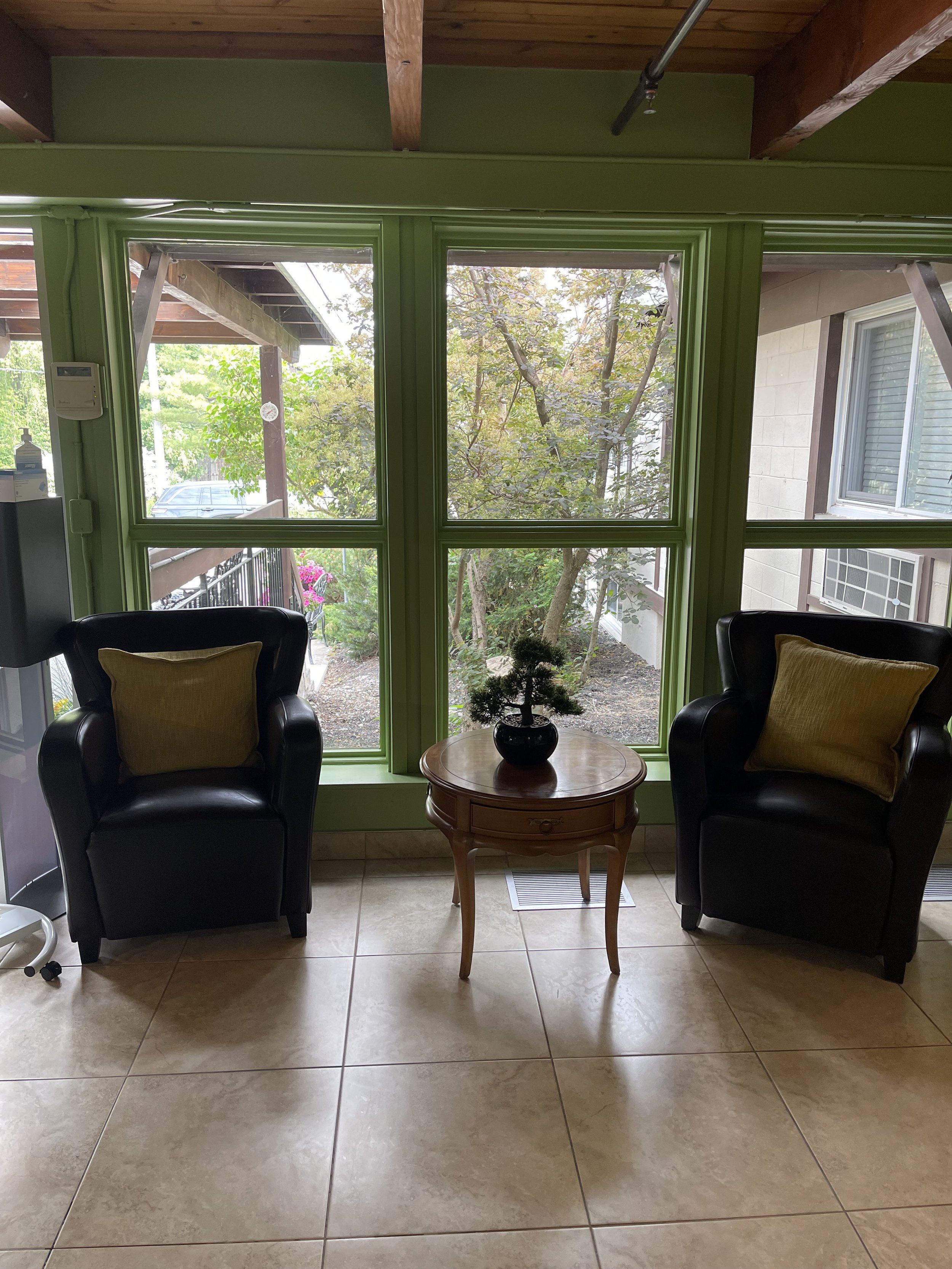
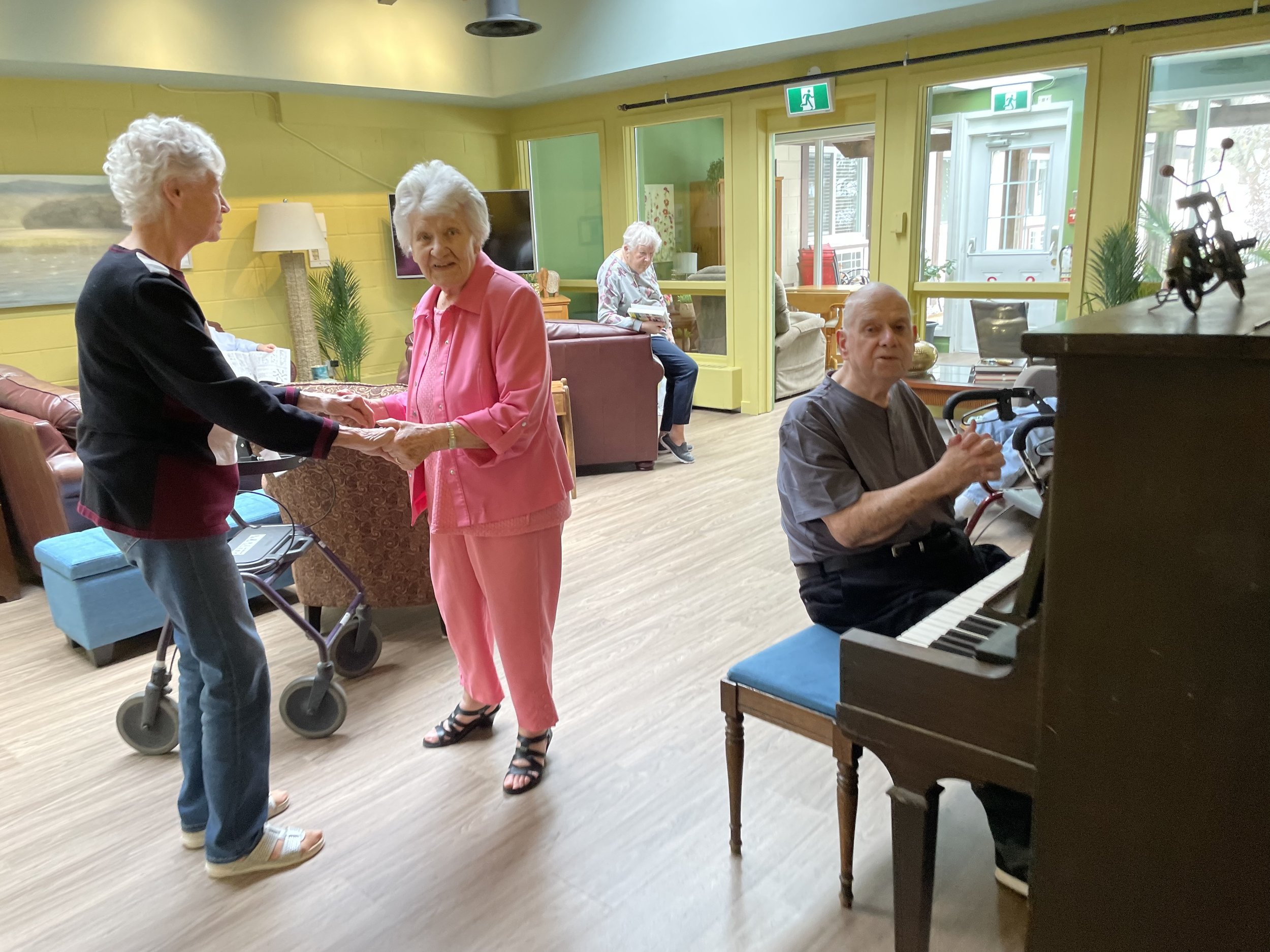
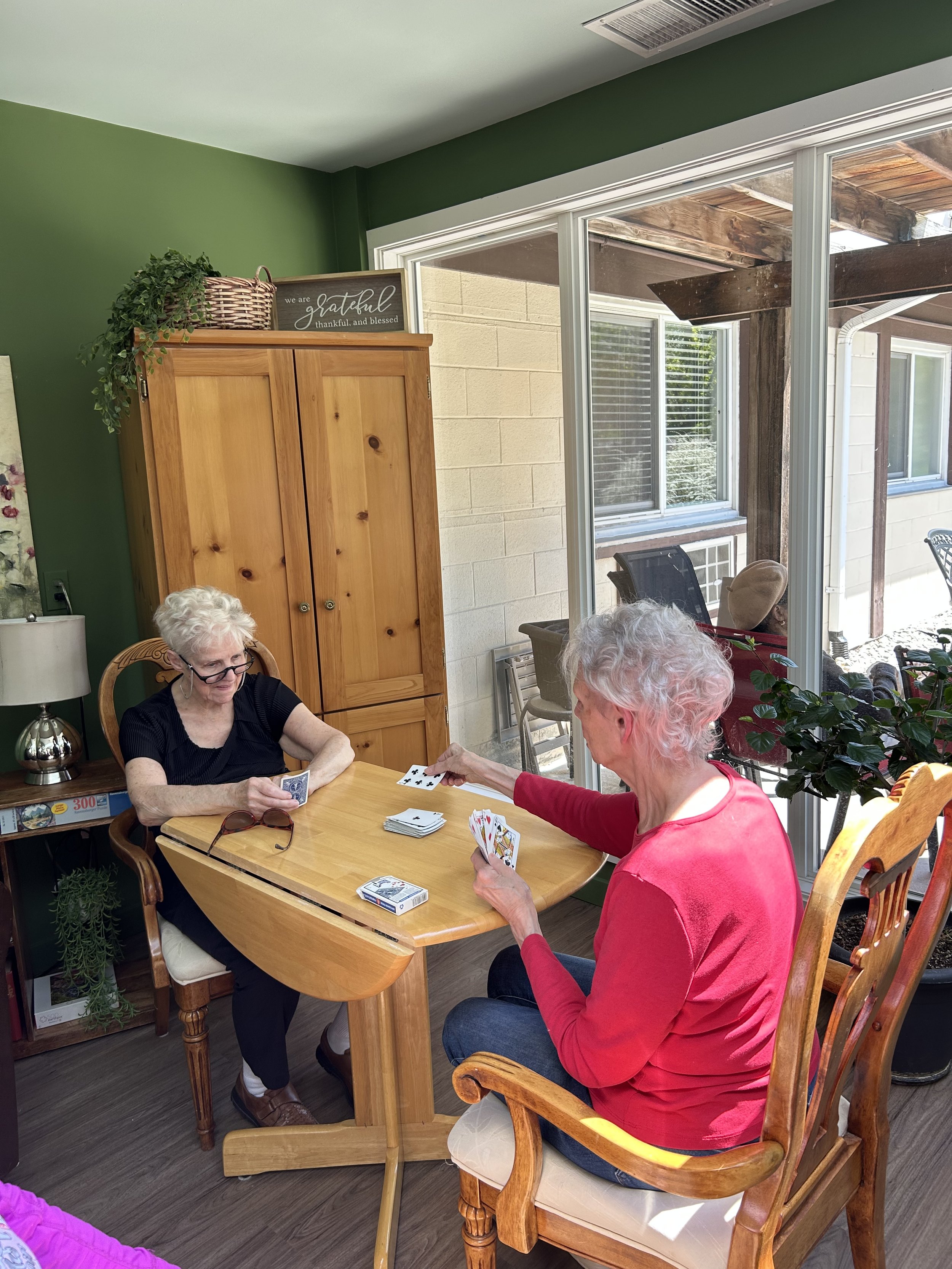
Thoughtful Color Palettes: Colors have the power to influence our emotions and well-being. In a care home, using soothing and warm color palettes can create a calming ambiance. Soft pastel shades, earthy tones, and muted hues can contribute to a serene and comforting environment. Color contrast and proper lighting can aid in clear visibility and thus prevent accidents.
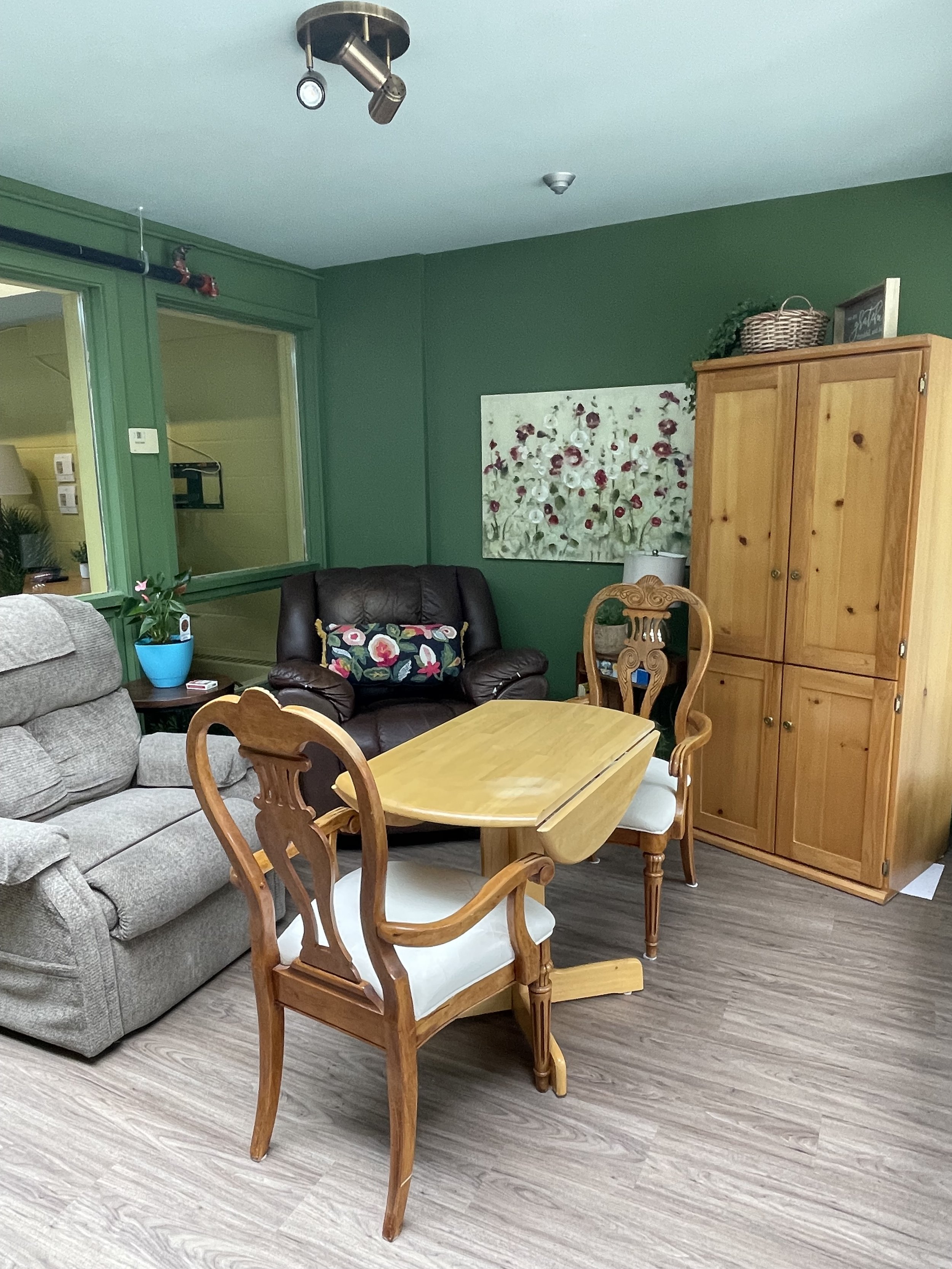
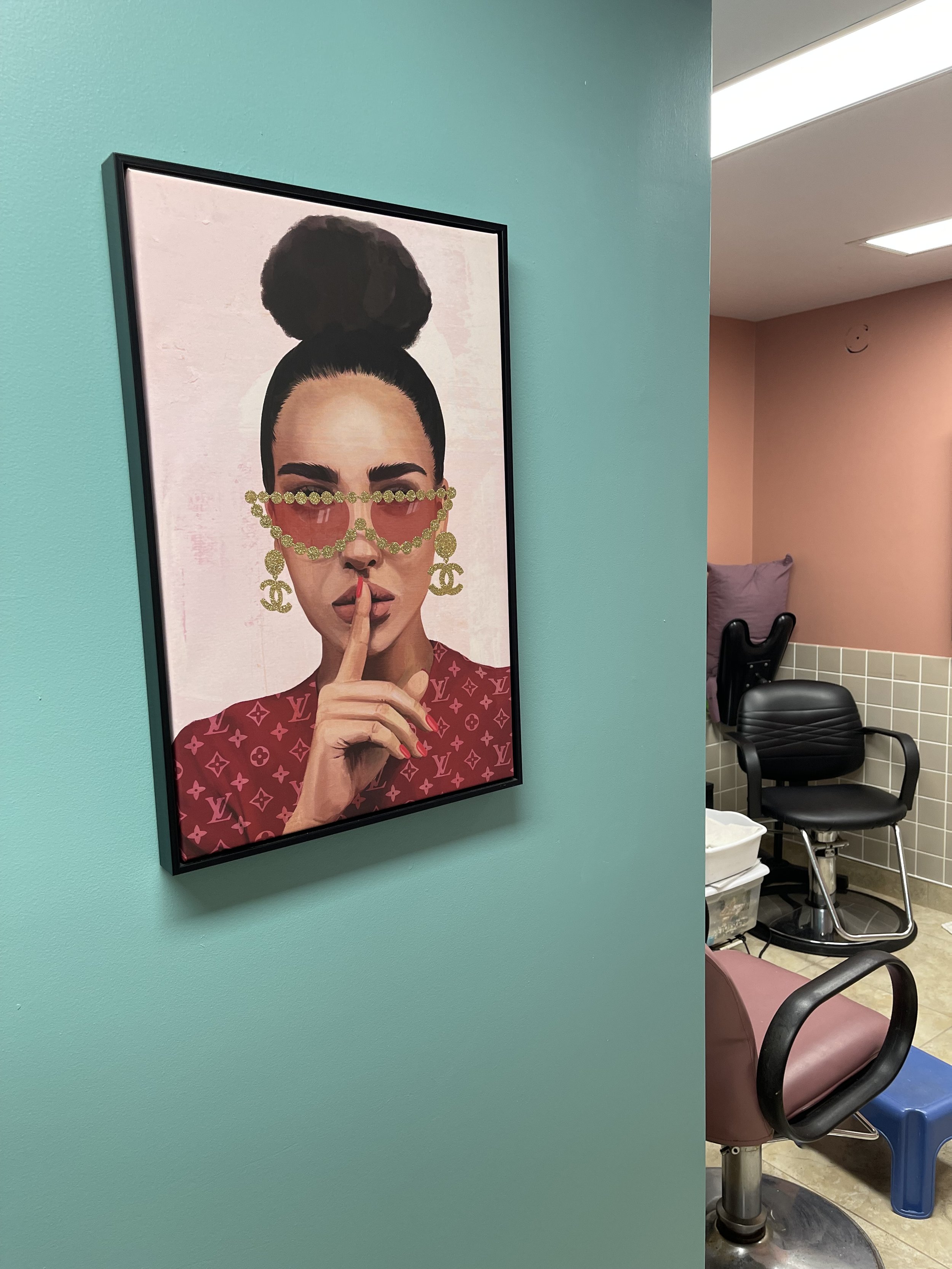


Creating A Positive Living Experience for The Elderly
By incorporating these aesthetic elements into the care home environment, we have tried to create a visually appealing, comforting, and physically supportive space for the elderly. Aesthetics, when combined with functionality and safety, can enhance their overall well-being, promote relaxation, and contribute to a positive living experience in their later years.
To know more about the care we provide for elderly ones in Jah-Jireh, click this button.


